With Bill de Blasio’s inauguration less than a week away, a bunch of news outlets are offering up their wishlists for New York’s first new mayor since 2001. Shortly after the election, I put forward a transit “To Do” list for de Blasio, and a few others have set out their ideas for improving transportation in and around the city. One, in particular, deserves some attention as it focuses outside the traditional realms of subways and buses.
As part of its package of articles previewing de Blasio’s administration, Crain’s New York polled a group of experts on a variety of topics and tried to propose innovative approaches to city problems. The transportation list is an intriguing one as it barely touches upon subways and buses. It seemingly recognizes that the MTA, a state agency, is somewhat immune to the charms and whims of Gracie Mansion and instead answers to higher powers in Albany. Rather it looks as approaches a new mayor could explore with the resources of the city at his hands.
The problem with this approach though is that subways and, to a lesser extent, buses are the backbones of city transit. The subways provide the best and fastest way to move a lot of people over greater distances in relatively short amount of times, and no amount of attention paid to or money spent on, say, ferries can change the fact that waterfront access is limited to people with relatively good transit options. Nothing can revolutionize transit in New York City quite like new subway lines.
That said, the Crain’s list touches upon ideas that should happen. Transportation Alternatives has proposed redesigning Queens Boulevard, Atlantic Ave., Grand Concourses and Manhattan thoroughfares with pedestrian plazas, bike lanes and extended curbs. I’d add dedicated and physically separated bus lanes to some of these routes as well. Residential parking permits is an idea whose time should have come years ago as well, and Dan Doctoroff found another outlet to spread his light rail gospel.
But one idea has me raising an eyebrow. Crain’s wants to see the mayor “Reopen trackless old subway tunnels for electric express buses.” This isn’t the first time Crain’s has beaten their drum, and it’s hard to say which expert is pushing this plan. The problem is that there are no trackless old subway tunnels just lying about. In their coverage, Crain’s links to this list of permanently closed subway stations, but despite repeated inquiries, no one has identified trackless subway tunnels that could support bus infrastructure (or any that couldn’t, for that matter).
As now, the only potential unused sections of tracked subway tunnel are on the BMT Nassau St. Line and consist of part of the Brooklyn Loops that weren’t intersected by the Chrystie St. Cut in the late 1960s. The second platforms at Bowery and Canal St. are currently unused, and of course, the Essex St. Trolley Terminal is unused. No one will be ripping out unused subway tracks, and it’s unclear if the Essex St. space could support bus infrastructure. It’s certainly nothing a new mayor should focus on at the expense of real solutions to the city’s transit problems.
Ultimately, it’s odd to see a wishlist that doesn’t focus on bus rapid transit or even more city-funded subways. Everything else seems more futuristic or “21st Century,” but the truth is that for New York to grow, it’s current high-capacity transit infrastructure needs to grow. Enough about ferries or seemingly out-of-the-box ideas that aren’t even possible. Let’s talk instead about real expansion and investment.

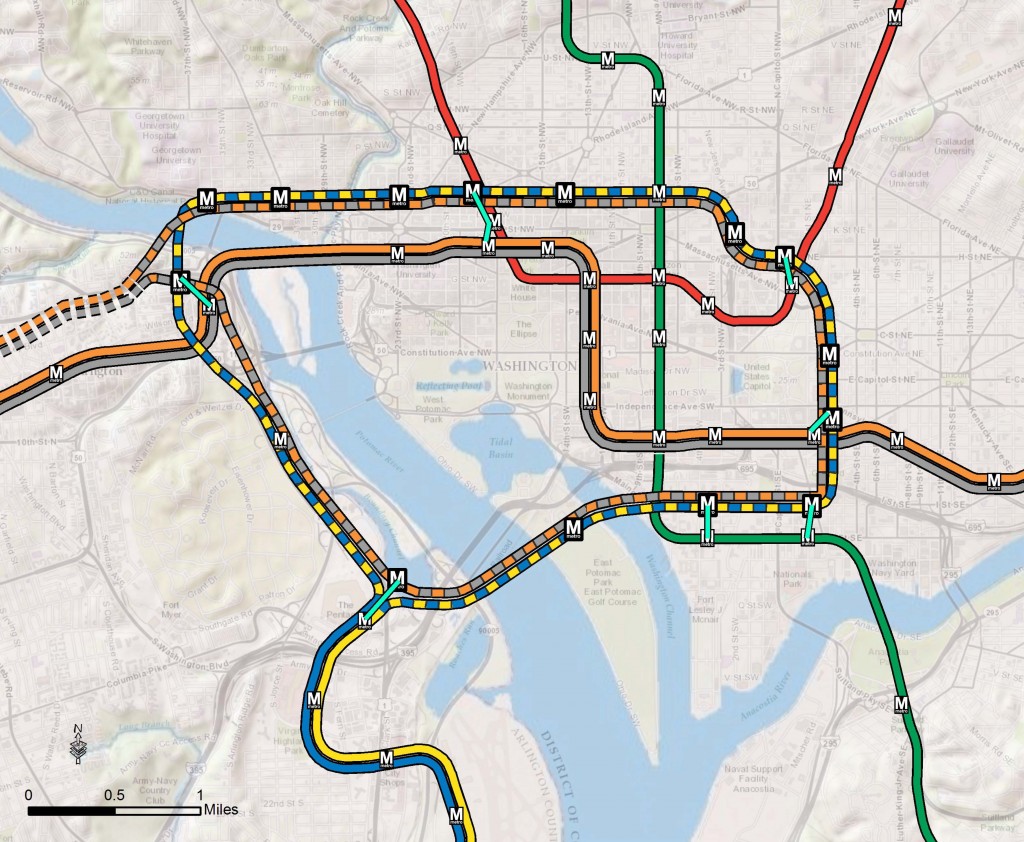
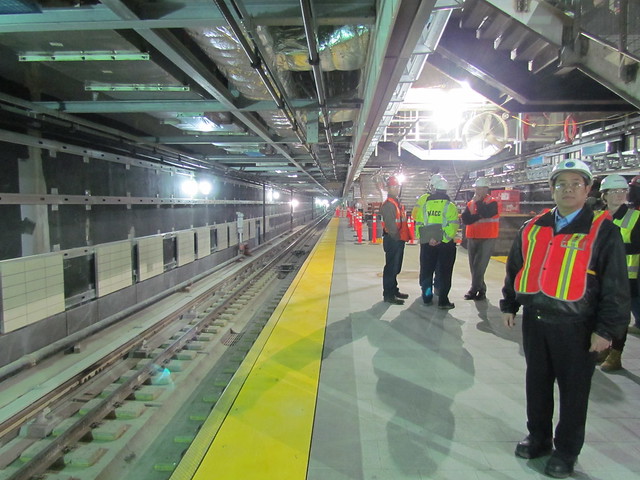





 (Rockaway Shuttle)
(Rockaway Shuttle)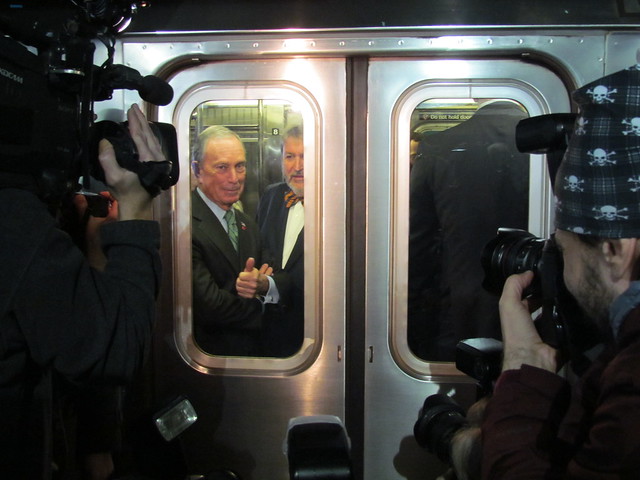
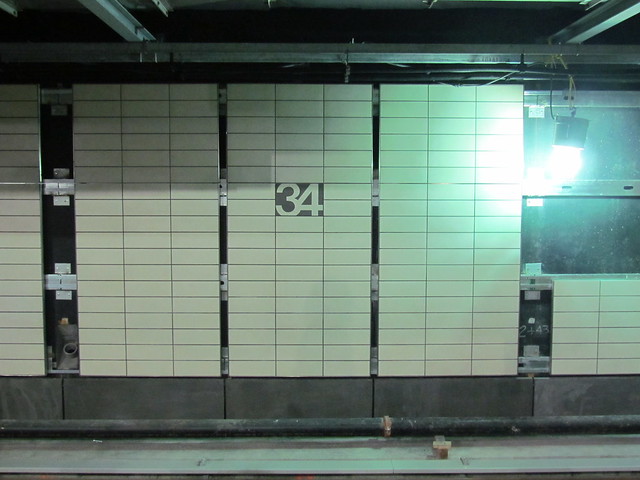
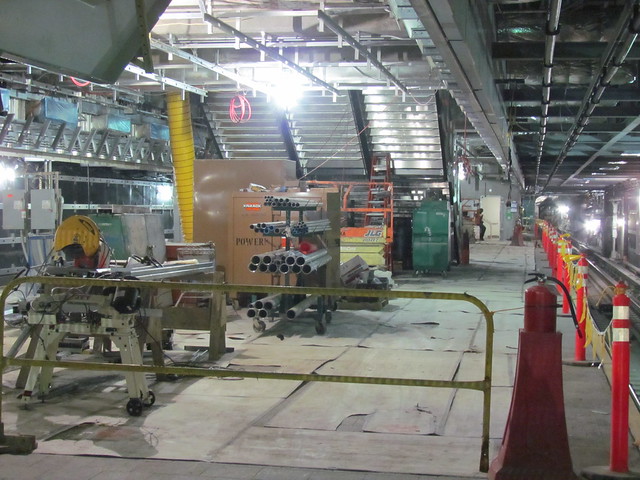

 Welcome to the tenth episode of “The Next Stop Is…” the one and only podcast for Second Ave. Sagas. It’s also the last one of the year as we won’t be releasing a new segment on New Year’s Day (but we’ll back on January 8).
Welcome to the tenth episode of “The Next Stop Is…” the one and only podcast for Second Ave. Sagas. It’s also the last one of the year as we won’t be releasing a new segment on New Year’s Day (but we’ll back on January 8).